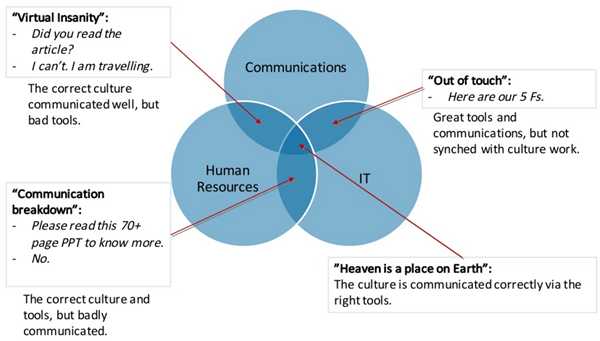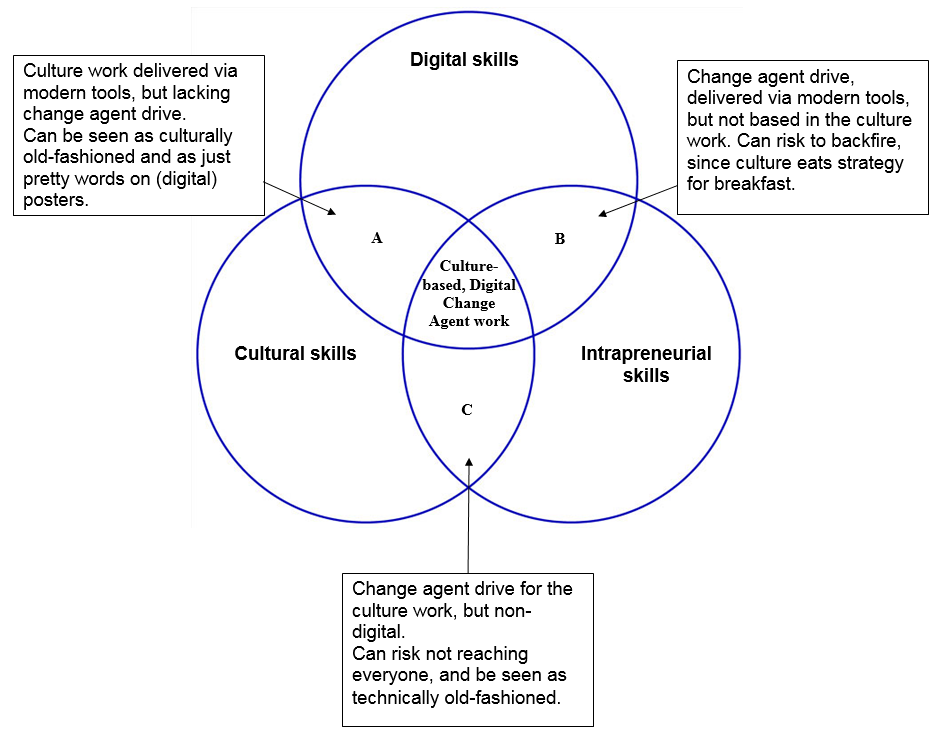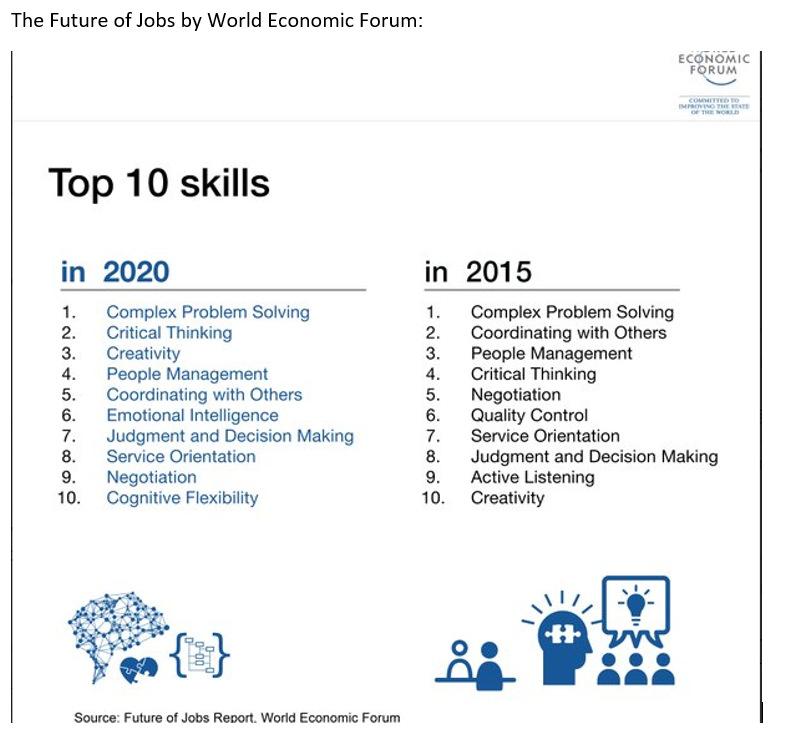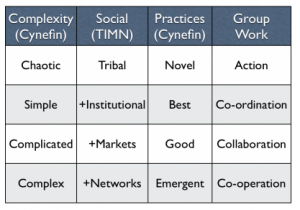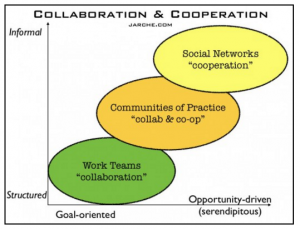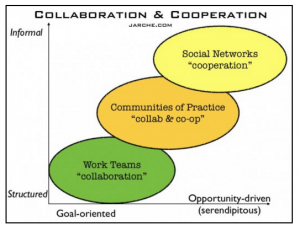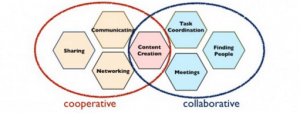On April 25, 2016, Janus Boye and Lau Hesselbæk Andreasen published a post called “10 intranet leaders to watch in 2016“. I really like when people are listed like this. Such lists will of course never cover all the people you need to know about. They can, however, open your eyes to professionals you might have missed otherwise.
To complement the Boye post, here are the listed people’s Twitter addresses (the ones I could find):
- Frank Wolf, Staffbase (DE): https://twitter.com/frankx
- Jonas Bladt Hansen (DK): https://twitter.com/Bladt77
- Jonathan Phillips (UK): https://twitter.com/DigitalJonathan
- Kirsten Laaspere (USA): https://twitter.com/KirstenLaaspere
- Lil Sawyer (CA): https://twitter.com/LilSawyer11
- Lindsay Forcino (USA): https://twitter.com/LindsayForcino
- Majbritt Rohde (DK): https://twitter.com/MaysRohde
- Martin Otzenberger (CH): https://twitter.com/rubikon_words
- Thomas Maeder (CH): https://twitter.com/ThomasMaeder
For more inspiration, I will add my lists for:
- Digital Workplace professionals: https://twitter.com/patrikbergman/lists/digital-workplace
- Intranet professionals: https://twitter.com/patrikbergman/lists/intranets-pb
Of course, the digital workplace and the intranet are already dancing, smiling, and holding hands. Soon they are one. Before we know it, all this will be placed behind us, and we will only talk about ‘work’.
Me? You find me at https://twitter.com/patrikbergman, trying to see clearly over a landscape in motion.


